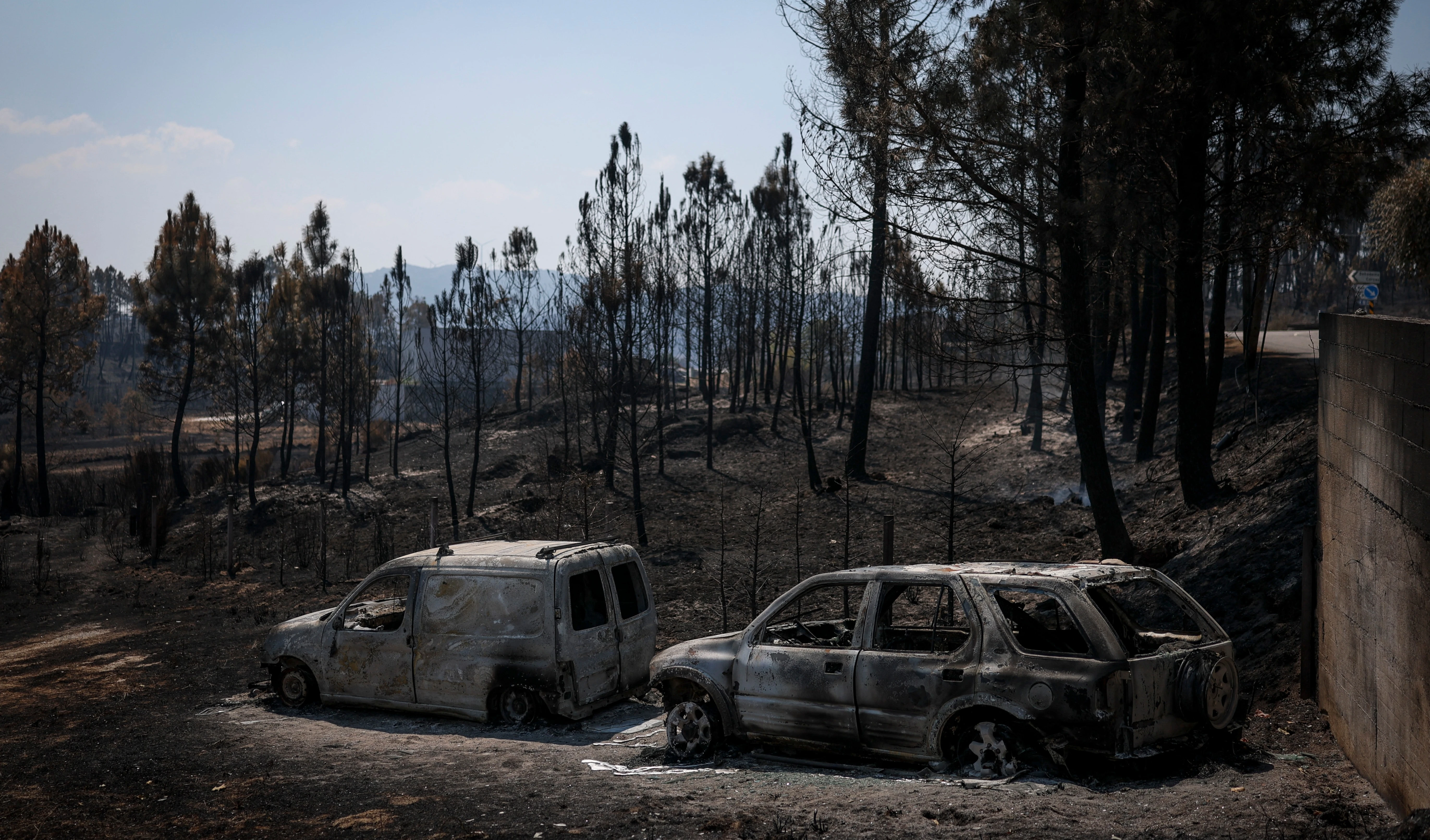Malaysia blames Indonesian fires for haze, poor air quality
Firefighters on the western Indonesian island of Sumatra battled large peatland fires this month that covered Palembang, an Indonesian city of nearly two million people, in a haze for weeks.
-

People react amidst smoke as firefighters try to protect houses from a wildfire in Ogan Ilir, South Sumatra, on Sept. 27, 2023 (AFP)
Kuala Lumpur's top environment official reported that hundreds of forest fires in Indonesia have caused haze that has worsened air quality in parts of Malaysia. Jakarta, however, denied this claim on Saturday.
Malaysia planned to pressure Indonesia to combat its forest fires in 2019, after an outbreak of smog-belching forest fires.
On that note, Malaysia's Department of Environment director-general Wan Abdul Latiff Wan Jaffar stressed that the fires were polluting the air on the country's west coast and in Sarawak on the Malaysian part of Borneo island, adding that the "Overall air quality in the country shows deterioration."
"Forest fires that occur in the southern part of Sumatra and the central and southern parts of Kalimantan (Borneo), Indonesia have caused haze to cross borders," he said.
According to a report from the Singapore-based ASEAN Specialised Meteorological Centre (ASMC), which monitors haze affecting Southeast Asia, satellite imagery has identified 52 forest fire "hotspots" in Sumatra and 264 in Borneo.
Read next: Indonesia slashes coal power plant output ahead of ASEAN summit
Indonesia's Environment Minister, Siti Nurbaya Bakar, countered these claims. She asserted that there was no transboundary haze, and she shared ASMC images indicating haze only in Sumatra and Borneo. She also questioned the distinction between "hotspots" and "firespots" made by Malaysia and cautioned against careless statements. Bakar stated that Jakarta would investigate and penalize companies if wildfires were found within their concession areas.
This month, firefighters in Sumatra grappled with extensive peatland fires, resulting in weeks of haze over Palembang, a city with nearly two million inhabitants.
Indonesia experiences annual fires during the dry season, but these are the most severe since 2019 when they led to the closure of nearly 2,500 schools in Malaysia. The fires in 2015 were also exceptionally destructive, enveloping Southeast Asia in hazardous smoke for weeks, causing health issues, school closures, and flight cancellations.
The majority of Indonesia's forest fires occur in Sumatra and Borneo, shared by Indonesia, Malaysia, and Brunei. Both Indonesia and Malaysia have previously undertaken "cloud-seeding" operations, employing chemicals in attempts to induce rainfall as part of their firefighting efforts.

 2 Min Read
2 Min Read










